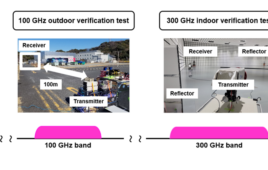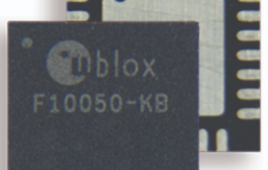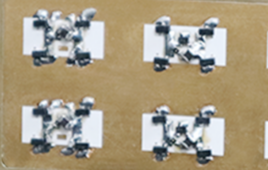You, yes you, can help NASA with an investigation just by using your smartphone.
Forests take up carbon from the atmosphere. Through satellite and airborne missions, NASA studies how carbon moves through the ecosystems here on Earth.
And the agency has put part of that mission into the hands of the public with the GLOBE Observer app, which is available for free in the App Store and Google Play.
There, with the simple tilt of the phone from a tree’s top to its base, and scanning the distance between the user and tree, the app will calculate the tree’s height. All the data points, including the GPS coordinates of the measured tree, will be sent to NASA.
“With the GLOBE Observer, everyone can become a citizen scientist and easily take measurements to better understand their local ecosystem,” says Brian Campbell, GLOBE Trees science lead.
According to Campbell, tree height measurements from the public “gives a more complete, three-dimensional portrait of the ecosystem. Scientists need that third dimension to calculate how much carbon is stored in a tree or in a forest—and now citizen scientists can collect the data as well.”
NASA missions, like the Ice, Cloud, and Land Elevation Satellite-2 (ICESat-2), can benefit from the public’s help.
Tom Neumann, ICESat-2’s project scientist at NASA Goddard, says, “ICESat-2 will measure the heights of forest canopies worldwide—and the GLOBE Observer app is another way to collect even more data.” The app’s data can also validate ICESat-2’s measurements.
Before the tree-height project, the GLOBE Program developed ways for citizens to observe clouds, mosquito habitat, and land cover.




